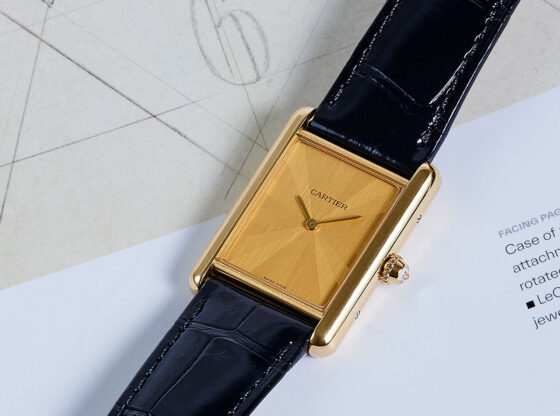![]()
There’s a lot more to Thailand’s “Silk King” than you may know.
Visit Thailand and you are certain to run across the name Jim Thompson.
Mr. Thompson’s name is synonymous with Thai silk and creative fabric design throughout the region and the world.
It defies all odds and cut against every grain of Thai social culture that a foreigner would wear the colorful crown of the “King of Thai Silk”, but this is quite indicative of how Jim Thompson’s fairytale-come-spy-novel life was.
For those that don’t know the story … get yourself a cup of tea and read on.
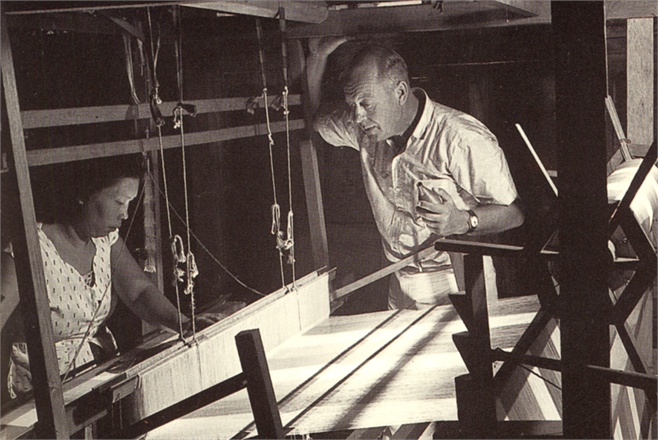
Jim Thompson was born in 1906 in Delaware. The son of a wealthy textile merchant, Jim went to the swankiest private schools, ultimately graduating from Princeton in 1928 and studying architecture at the University of Pennsylvania.
While Jim demonstrated a true talent for building design, he showed none for applying the complicated mathematical formulas needed to become a certified architect.
In short, he sucked at Calculus. He failed his board exams three times and was summarily rejected.
Jim worked at a prestigious firm in New York, designing gorgeous buildings and having them signed off by lesser talented colleagues who had no issues passing the math section of the architect exams.
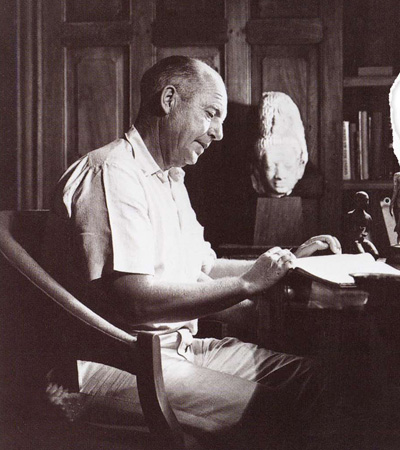
Jim ultimately soured on the building business in New York and joined the Delaware National Guard just before the outbreak of WWII.
While stationed at a military outpost in Virginia, he made the acquaintance of a newly minted West Point graduate that convinced Jim to join the Office of Strategic Services (OSS), the forerunner of the Central Intelligence Agency (CIA). He joined the OSS at the height of WWII.
Jim Thompson’s first assignment with the OSS as with the French Resistance in North Africa. After the Allied Victory in Europe, Jim was sent to Ceylon (now Sri Lanka) working with the Seri Thai (Free Thai) Movement. The Seri Thai were an organization focused on liberating Thailand from Japanese occupation.
When the Japanese surrendered in 1945, Jim was sent to Thailand to organize the OSS office. Early in 1946 he began work as a military attaché with the US Minister to Thailand, Charles Woodruff Yost, a former classmate at Princeton. Jim used his connection with the Free Thai and Free Laos groups to collect intelligence and squelch conflicts in the region.
It was during this time that Jim met a couple named Kenneth and Margaret Landon. He was an American missionary; she was the Author of “The King of Siam”, the inspiration for the classic motion picture and Broadway musical “The King and I”.
This relationship would serve him well in the years to come.
Later in 1946 Jim Thompson went back to the US, got discharged from the Army, divorced his wife and returned to Thailand.
He took another run at the architecture business when he joined a group of investors that bought The Oriental Hotel in Bangkok.
During restoration of the grand old hotel, conflicts with associates ended with him giving up his shares and abandoning the project.
That’s when Jim Thompson turned his attention to textiles; specifically Thai silk.
Keep in mind that Jim’s father was a wealthy textile magnate so fabrics were kind of in his blood. Thai silk was basically undiscovered and in fact silk was being imported to Thailand.
In an interview with Time magazine Jim Thompson said, “It disturbed me that production of this wonderful material had stopped”.
According to Jim, the fact these fabrics were still being produced by individuals in their homes, not factories, was what made them so incredibly unique.
Accounts differ on how much investment started The Thai Silk Company back then, but by 1957 it was making $650,000 in annual silk sales. Then two things happened that launched Jim Thompson’s Thai silk to worldwide fame.
First Jim met a woman named Edna Woolman Chase, then Editor of Vogue magazine. She fell in love with the colorful jewel-toned fabrics and featured them in her magazine giving them global exposure.
Second, his fabrics were featured in Rodgers and Hammerstein’s musical production “The King and I” during it’s incredibly long run on Broadway. Since then, The Thai Silk Company started by Jim Thompson has prospered and grown steadily, decade after decade.
As you might imagine, Jim Thompson became Bangkok’s toast-of-the-town; rubbing shoulders with everyone from celebrities to diplomats to powerful Army Generals. At this point, his passions turned to collecting art and antiques.
Tenaciously clinging to his architectural design roots, in 1959 Jim finished a house he designed that became one of Bangkok’s premier tourist attractions.
Not surprisingly, “The House by the Klong” is in the heart of Bangkok across the canal from where many of his silk weavers lived and worked. In the early 1960’s the house became a social hub and Jim filled it with an elaborate collection of Thai art and antiques. He envisioned this collection as his gift to Thailand and he planned to leave the whole thing to the royally sanctioned Siam Society.
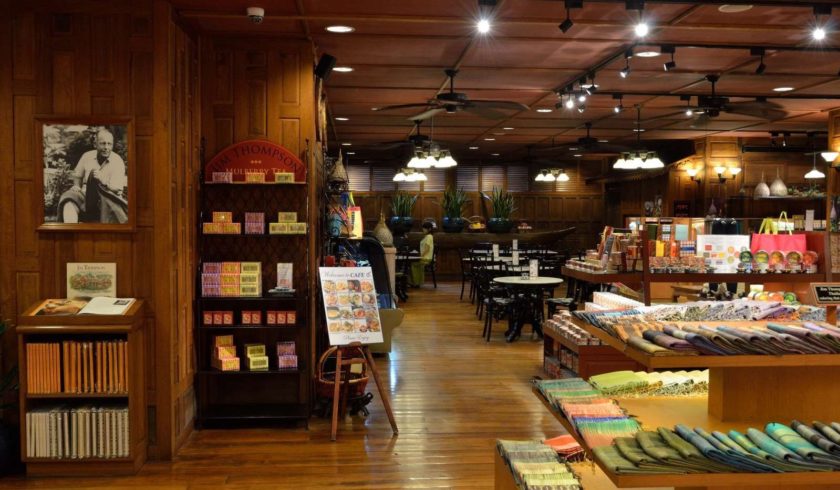
Predictably, Thai society turned on Jim in 1962 when he was accused of being in possession of five stolen Buddha heads.
Even though Jim vehemently claimed that his collection was to benefit the nation and “not making a collection for financial advantages or selfish purposes”, the police showed up and he was forced to turn over these pieces to Thailand’s National Museum. His pride bruised, Jim Thompson scuttled plans to leave his massive collection of Thai art and antiques to the Siam Society and set up his own foundation that includes his house, now a museum.
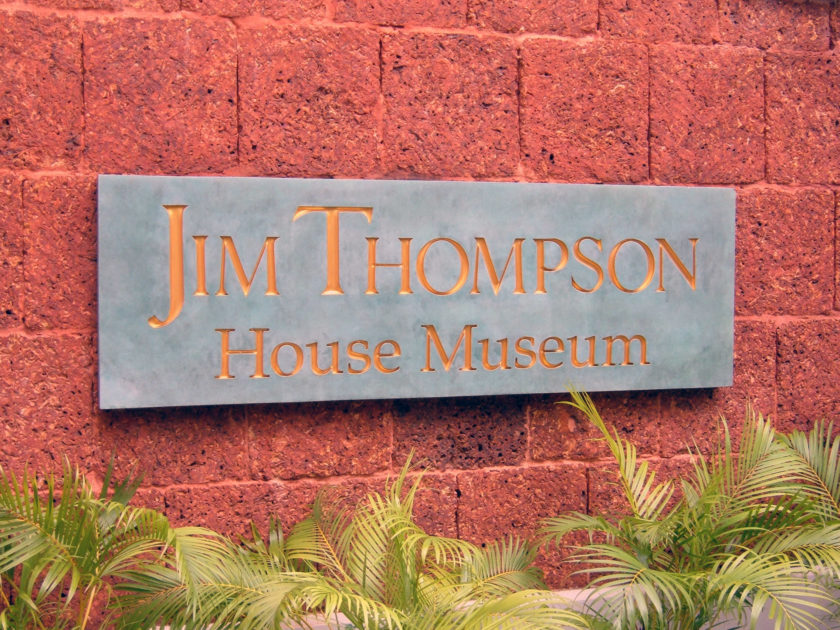

To the end of his days Jim Thompson continued to collect art and antiques to display at his house, now a glowing tribute to the creativity of Thai people.
In March of 1967 Jim Thompson mysteriously disappeared while on a walk in the Malaysian highlands.
According to his accountant, he had $50 in his bank account. Apparently every last satang of his paycheck from the Thai Silk Company was used to grow the collection.
Why do I say Jim Thompson was my hero?
He was an architect, a spy, a silk merchant and an art collector. He never gave up on his dream to design buildings and took his setbacks with grace and dignity. During WWII he served his country with pride and purpose.
Most importantly, he wasn’t afraid to reinvent himself even as he entered middle-age. He took his knowledge and experience and focused it in completely different directions.
Jim Thompson and I came to Thailand for the same reason.
That’s why he’s my hero.
By Bart Walters






